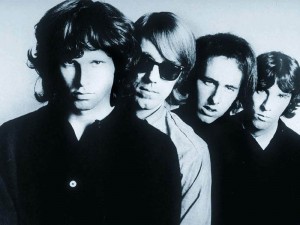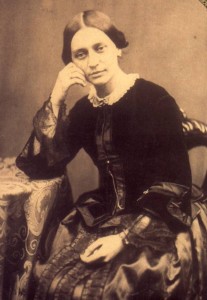24 febbraio 2013
“Nata in una casa di donne” è il secondo romanzo di Cetta De Luca, reperibile in tante librerie in tutta Italia. Nel sito di L’Erudita www.lerudita.com trovate l’elenco.
Questa casa di donne è un luogo che si propaga nello spazio raccogliendo e stratificando momenti interiori ed eventi pubblici, dove nessun accadimento è lasciato nell’oblio.
È una casa che conserva i tentativi di comunicare in modo sempre più intenso, percorrendo la crescita di una Repubblica. E le donne di questa casa crescono da presunte incertezze per fiaccanti ruoli prestabiliti.
Le apparenti debolezze non sono altro che una irresistibile e innata capacità di preservare, conoscere, sperimentare e liberare sempre più intensamente emozioni e speranze di un comune futuro. Una continua e incessante costruzione del possibile, dove figli e genitori, assieme apprendono l’amore per la vita nel consegnarlo ai nuovi inquilini.
Per vedere il Booktrailer premere QUI







